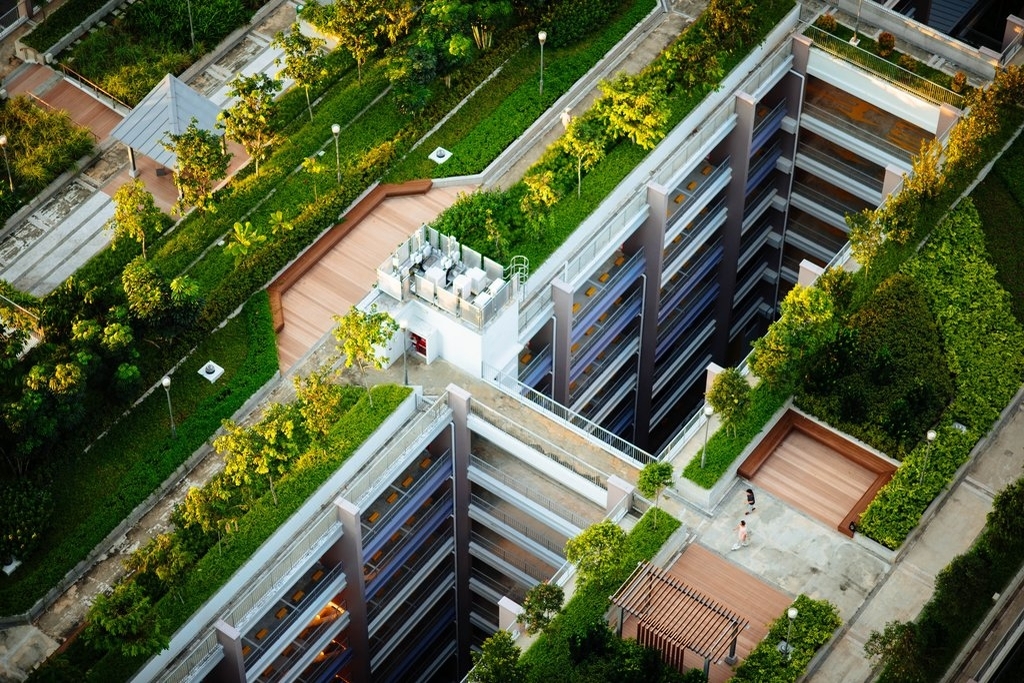The smart Trick of City Blooming That Nobody is Discussing
The smart Trick of City Blooming That Nobody is Discussing
Blog Article
The Definitive Guide for City Blooming
Table of ContentsFacts About City Blooming UncoveredSome Known Factual Statements About City Blooming Some Ideas on City Blooming You Need To KnowRumored Buzz on City BloomingAbout City Blooming
Interested in growing food for sale in the City of Chicago? Below is a checklist of regularly asked concerns regarding the policies and regulations that growers must take into consideration when preparing an urban agriculture task.
The zoning change does not customize any kind of various other codes handling composting, building permits, purchasing or renting City had residential property, business licenses or environmental contamination. There are existing codes that regulate these concerns and they continue to be completely impact and may apply to your task. Area yards are typically owned or handled by public entities, civic organizations or community-based organizations and preserved by volunteers.
Urban farms grow food that is intended to be marketed, either on a not-for-profit or for-profit basis. Due to their business purpose, metropolitan ranches need a service permit. Yes. A neighborhood yard is allowed to offer excess generate that was expanded on site if the sales are accessory or subservient to the yard's key function defined above.
The Ultimate Guide To City Blooming
Composting is enabled yet just for plant material that is created and used on website. The amount of compost material can not go beyond 25 cubic backyards at any given time according to the standards in 7-28-715 of the City's Municipal Code. Yes. Since the dirt at a lot of new garden websites needs changing, garden compost, soil, wood chips, or other products can be obtained to build or enhance the growing room - balcony and patio garden design.

If a structure permit is required after that the hoophouse will certainly be thought about an accessory building. You can figure out even more regarding the structure authorization requirements by speaking to the Department of Buildings. The 25,000-square-foot size limit is intended to stop a solitary neighborhood yard from dominating a given block or taking away from the block's existing domestic or industrial character.
The limit does not apply to gardens found in Public Open Space (POS) areas. Can there be more than one neighborhood garden that is 25,000 square feet on a solitary block? Fence is not called for, however, yards that have huge parking locations might be required to install fencing or other landscaping features.
The Facts About City Blooming Uncovered
B1 & B2 areas need that all industrial use tasks be conducted indoors. R areas restrict business activity. The guidelines reflect the purpose and intent of the Zoning Code. Is secure fencing required for metropolitan ranches? Yes. Fencings might be needed, together with landscape design and screening, for certain car parking locations and outside job or storage space locations depending upon location and the certain activity occurring.
Urban ranches need building permits and zoning authorizations prior to building (eco-friendly practices). Various other kinds of city review may be called for depending on details structures, tasks, dimension, landscaping, licensing, public health and stormwater monitoring issues.
Yes. The sort of certificate is figured out by what is occurring at the site. The Division of Company Matters and Customer Security can help identify the certain sort of business certificate that's required. Yes. Off street car park is needed for many industrial tasks in Chicago. The required variety of garage is based upon the variety of workers dealing with website and not the square video of the growing space.
Things about City Blooming

A city ranch can market garden compost material generated on site, however, the operation needs to conform with the guidelines in 7-28-715 of the Chicago Municipal Code. Aquaponic systems are allowed inside on city ranches in numerous zoning districts.
As much as 5 hives or swarms of honey bees might be maintained as an accessory usage. However, beekeepers need to sign up with the Illinois Division of Agriculture. For more information regarding the proposed zoning amendment you may call the Department of Real Estate and Economic Advancement, Bureau of Preparation and Zoning at 312.744.8563.
Farming in cities and metropolitan areas An urban farm in Chicago. Urban farming describes different methods of growing. https://cityblooming.blog.ss-blog.jp/2024-06-27?1719472203, handling, and dispersing food in metropolitan locations. The term likewise relates to the location activities of pet husbandry, tank farming, beekeeping, and gardening in a city context. Urban farming is identified from peri-urban farming, which my company happens in rural locations beside residential areas.
City Blooming - An Overview
, that look for to create social networks founded on a common values of nature and neighborhood holism. These networks can establish by method of formal institutional support, coming to be incorporated into regional community preparation as a "transition town" activity for sustainable metropolitan growth.
Some of the very first evidence of city farming comes from Mesopotamia.
Report this page